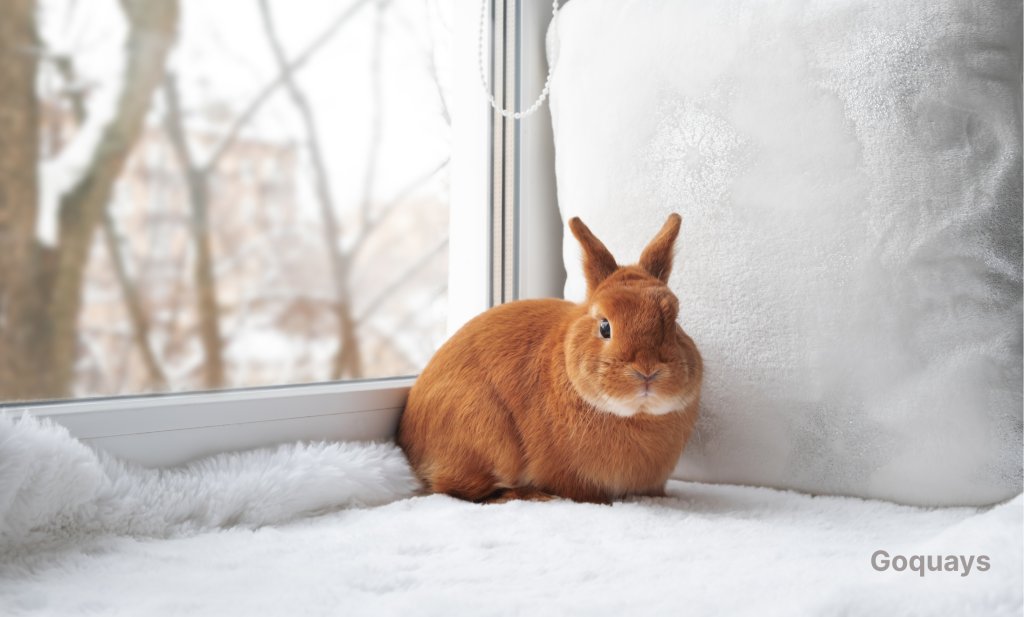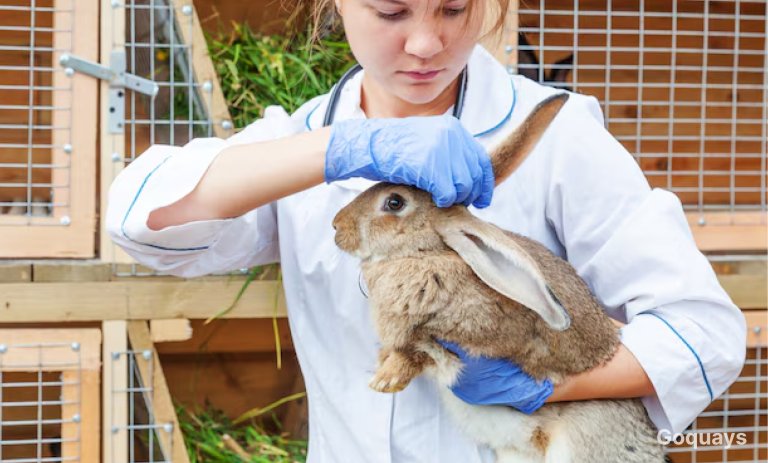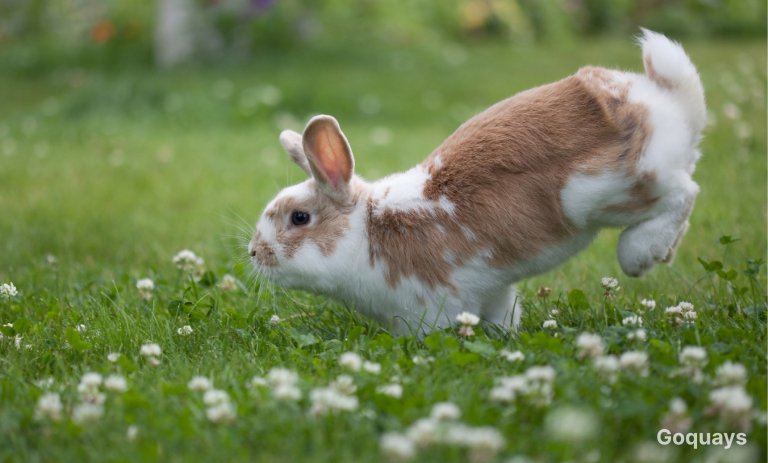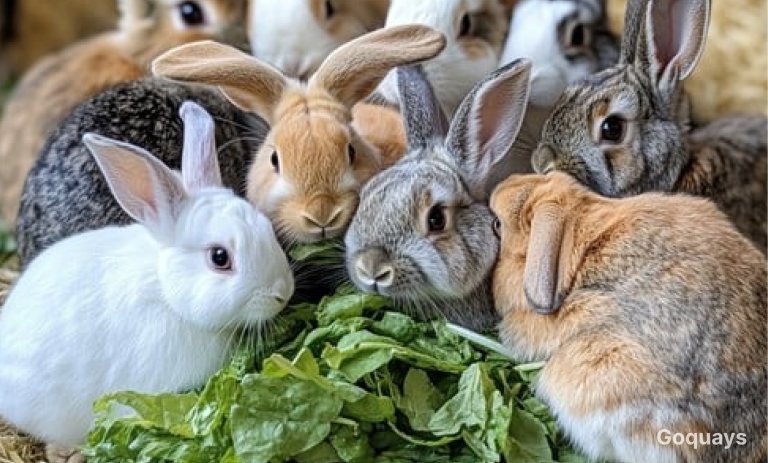Do you imagine a wooden hutch at the back of your house when you think of a pet rabbit? You are definitely not alone. Rabbits have been kept as outdoor pets for many years, hidden away in secluded areas of the yard, away from the warmth they can enjoy indoors. The reality is that in addition to being outdated, outdoor housing can significantly reduce a rabbit’s lifespan.
Rabbits are sensitive, intelligent animals who thrive in situations that are safe and stimulating. Keeping them outside exposes them to a variety of risks, such as neglect, fatal illnesses, predators and harsh weather conditions. Indoor rabbits, on the other hand, live longer, healthier, and more satisfying lives.
Rabbits are very affectionate pets that thrive when given proper care. While traditionally housed outdoors, more pet owners are bringing their rabbits inside, and for good reason as several studies have shown that indoor rabbits tend to live longer, healthier, and happier lives compared to their outdoor counterparts
We’ll look at the actual dangers of outdoor housing and discuss why bringing your bunny indoors is one of the best things you can do for their health. Knowing the difference between indoor and outdoor housing could change your life and the life of your pet. Whether you’re an experienced rabbit owner or thinking about adopting one for the first time.
Benefits of Keeping Rabbits Indoors
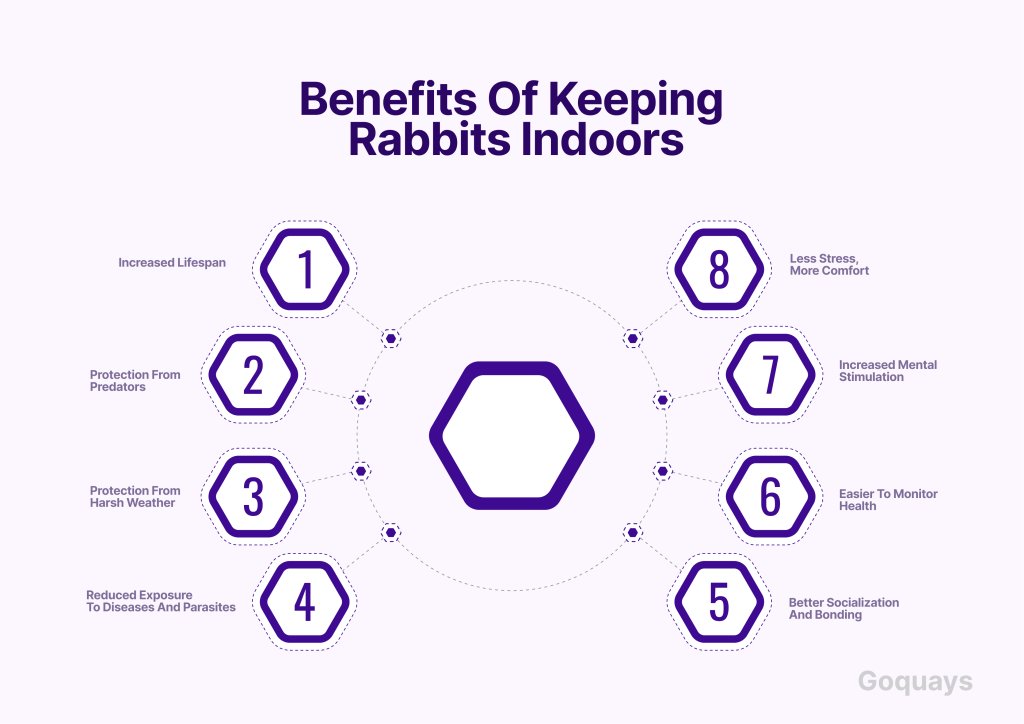
There are several benefits to keeping rabbits indoors that enhance their general well-being, security, and contentment. Although they can live outside, rabbits really flourish when they live with you. Below are some of the compelling reasons why you should consider bringing your bunny inside:
Increased Lifespan
Compared to their outdoor counterparts, indoor rabbits typically have far longer lifespans. Indoor rabbits can live for up to 10-12 years because they are protected from severe weather conditions, and common outdoor diseases. On the other hand, because of the increased hazards in their surroundings, outdoor rabbits might only live for three to six years.
Protection from Predators
Rabbits are prey animals, hence predators like foxes, raccoons, birds, and wild cats and dogs can pose a threat to the survival of a rabbit outdoors, regardless of whether you live in the city or not. After coming into contact with a predator, several rabbits have passed away from stress-induced heart failure rather than physical attacks. Living indoors virtually eliminates this risk.
Protection from Harsh Weather
Rabbits are extremely sensitive to changes in temperature. In hot weather, they are prone to high body temperatures, and in cold weather, they are susceptible to hypothermia. High humidity, wind, snow, and unexpected downpours can all cause major health issues for them. Rabbits have a stable, climate-controlled environment indoors that promotes their health all year long.
Reduced Exposure to Diseases and Parasites
In addition to being more vulnerable to potentially fatal diseases like myxomatosis and Rabbit Hemorrhagic Disease (RHD), outdoor rabbits are also more likely to come in contact with parasites like fleas, ticks, and mites. Vaccinations are beneficial, but keeping your rabbit indoors provides an additional line of defence against these dangers.
Better Socialization and Bonding
As social creatures, rabbits develop close relationships with their human companions. They naturally become more involved in family life when they live indoors. They’ll learn to trust you, seek your attention, and often exhibit more confident and friendly behavior.
Easier to Monitor Health
When your rabbit lives indoors, you’re more likely to notice subtle changes in their behaviour, appetite, droppings or other early signs of illness. Because rabbits are prey animals, they often hide symptoms until a condition becomes severe.
Increased Mental Stimulation
Indoor rabbits typically have more opportunities for exploration, mental stimulation, and play; access to chew toys, foraging games, and even supervised time in different rooms keeps them active and engaged. Boredom can lead to depression or destructive behaviour, but a stimulating indoor environment helps prevent that.
How to Keep Your Rabbit Safe Indoors?
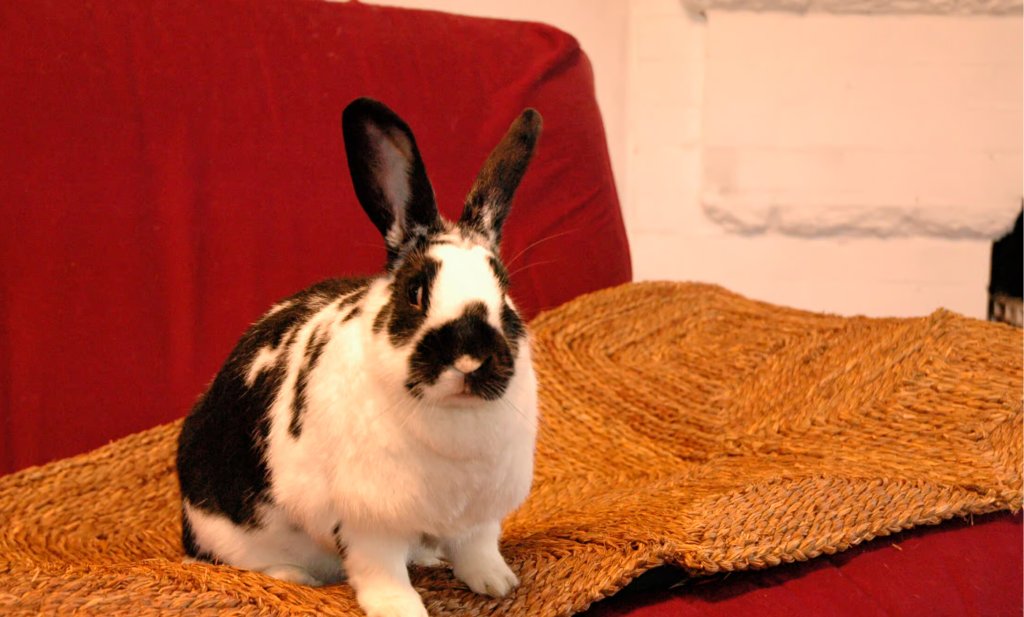
Rabbit-Proof Your Home
Rabbits love to chew, dig, and explore, but many household items can be dangerous. Protect them by covering wires, removing toxic plants, blocking tight spaces, and restricting access to risky areas with gates. Keep cleaning supplies and medicines out of reach. it’s like baby-proofing, but for bunnies.
Create a Designated Bunny Zone
Give your rabbit a safe, cozy space they can call their own, whether a playpen, corner, or room. Include soft flooring, a hideout, litter box with safe litter, food and water bowls, and chew toys. Some owners even allow free-roaming if the home is rabbit-proofed.
Create an Exercise Routine
Rabbits need 3–4 hours of daily free-roam time to hop, explore, and practice natural behaviors. This boosts physical health, prevents boredom, and strengthens your bond. Set up tunnels, boxes, or scatter treats for fun and stimulation.
Maintain a Calm and Safe Environment
Rabbits are easily startled by loud noises, sudden movements, and new smells. Keep them calm by sticking to routines, avoiding loud sounds near their space, and introducing other pets slowly with gentle, positive sessions.
Provide Stimulation and Companionship
Rabbits do best in pairs, loneliness can affect their emotional health. Keep your bunny happy with puzzle feeders, cardboard boxes, hay-stuffed rolls, tunnels, and safe chew toys. Consider adopting a bonded companion, and spend time daily by hand-feeding treats, sitting nearby, or gently petting them (always approach from the side so they see you). With care and effort, your home becomes a safe haven, giving you a healthy, affectionate rabbit in return.
Difference between rabbits who live indoors and those who live outdoors
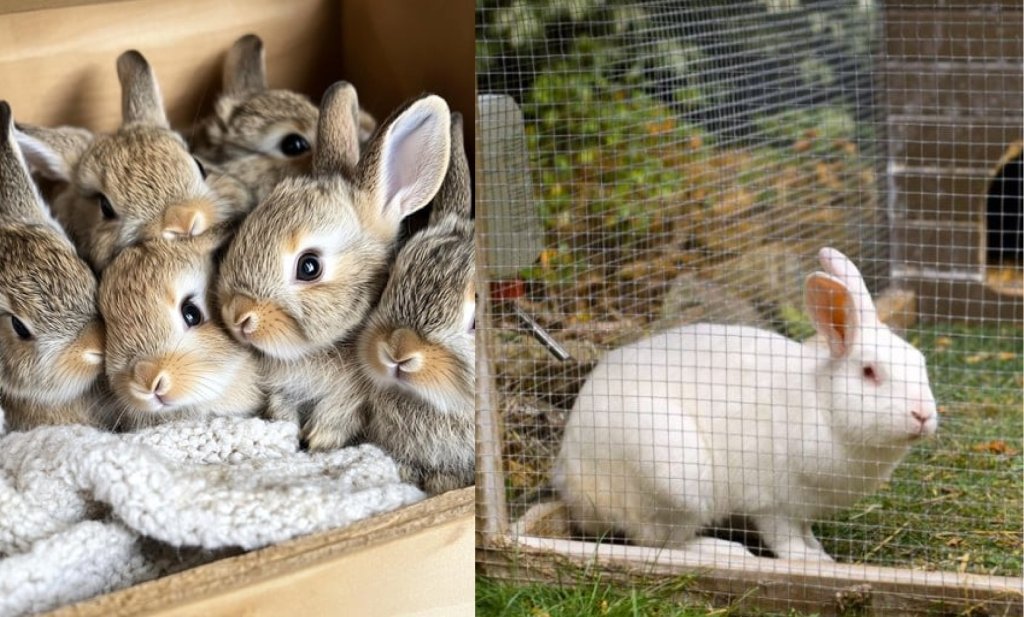
Here are the key differences between indoor and outdoor rabbits:
Lifespan
- Indoor rabbits: Usually live 8 to 12 years on average because of a safer, more controlled environment.
- Outdoor rabbits: Usually live 3 to 6 years because of increased exposure to threats like disease, predators, and extreme weather.
The indoor lifestyle offers a degree of safety that greatly lowers early mortality.
Health and Veterinary Care
- Indoor rabbits: are simpler to keep an eye on every day, increasing the likelihood that minor health problems such as, changes in eating pattern, droppings or mobility will be identified early. Quick treatment is often the result of early detection.
- Outdoor Rabbits: Because rabbits can conceal signs of illnesses, their symptoms can go undetected until the ailment worsens or becomes lethal.
Additionally, indoor rabbits are less susceptible to infectious diseases and parasites, which improves their long-term health.
Environmental Exposure
- Indoor Rabbits: enjoy a stable, climate-controlled environment that is free from wind, snow, rain. Living in the house with you protects them from extreme temperatures.
- Outdoor Rabbits: are susceptible to severe cold, heat, precipitation, and abrupt weather changes, which can cause respiratory problems, hypothermia, and heatstroke.
A rabbit cannot be completely shielded from the stress of continuous environmental change by even the best-insulated hutch.
Safety from Predators
- Indoor Rabbits: are protected from predators such as foxes, wild dogs or cats, and preying birds.
- Outdoor Rabbits: Even if a predator is unable to enter the hutch, the anxiety alone can result in stress-induced death for outdoor rabbits, who are always vulnerable to predator assaults or the psychological trauma of being stalked or terrified.
Living outdoors can expose rabbits to stress on a daily basis, which is one of the main silent killers of these animals.
Summary Table: Indoor Vs Outdoor Rabbits
| Category | Indoor Rabbits | Outdoor Rabbits |
| Lifespan | 8-12 years | 3-6 years |
| Exposure to predators | None | High |
| Temperature Control | Stable regulated temperatures | Exposed to extreme weather conditions |
| Health Monitoring | Easy to monitor due to daily observation | Difficult to detect health issues |
| Socialization | High, easily blends into family | Low, can be cranky due to less human interaction |
| Mental stimulation | High due to exposure to toys and interaction | Low |
| Training potential | High, can learn routines and how to use a litter box | Low |
| Cleanliness | Easier to maintain hygiene | Poor hygienic conditions |
It is evident from the side-by-side comparison of the two housing styles that your rabbit will lead a safer, healthier, and more interesting life in indoor housing. Though it is possible for rabbits to live outdoors with diligent care, the advantages of having a rabbit as a member of your indoor family greatly exceed the drawbacks.
Conclusion
Your rabbit depends solely on you for its safety and wellbeing. By opting to keep your bunny indoors, you’re offering them not just a longer life, but a better life. Indoor housing is the humane and wise choice for any bunny owner, offering everything from warmth, affection and predator protection to enhanced bonding and proper health monitoring.

